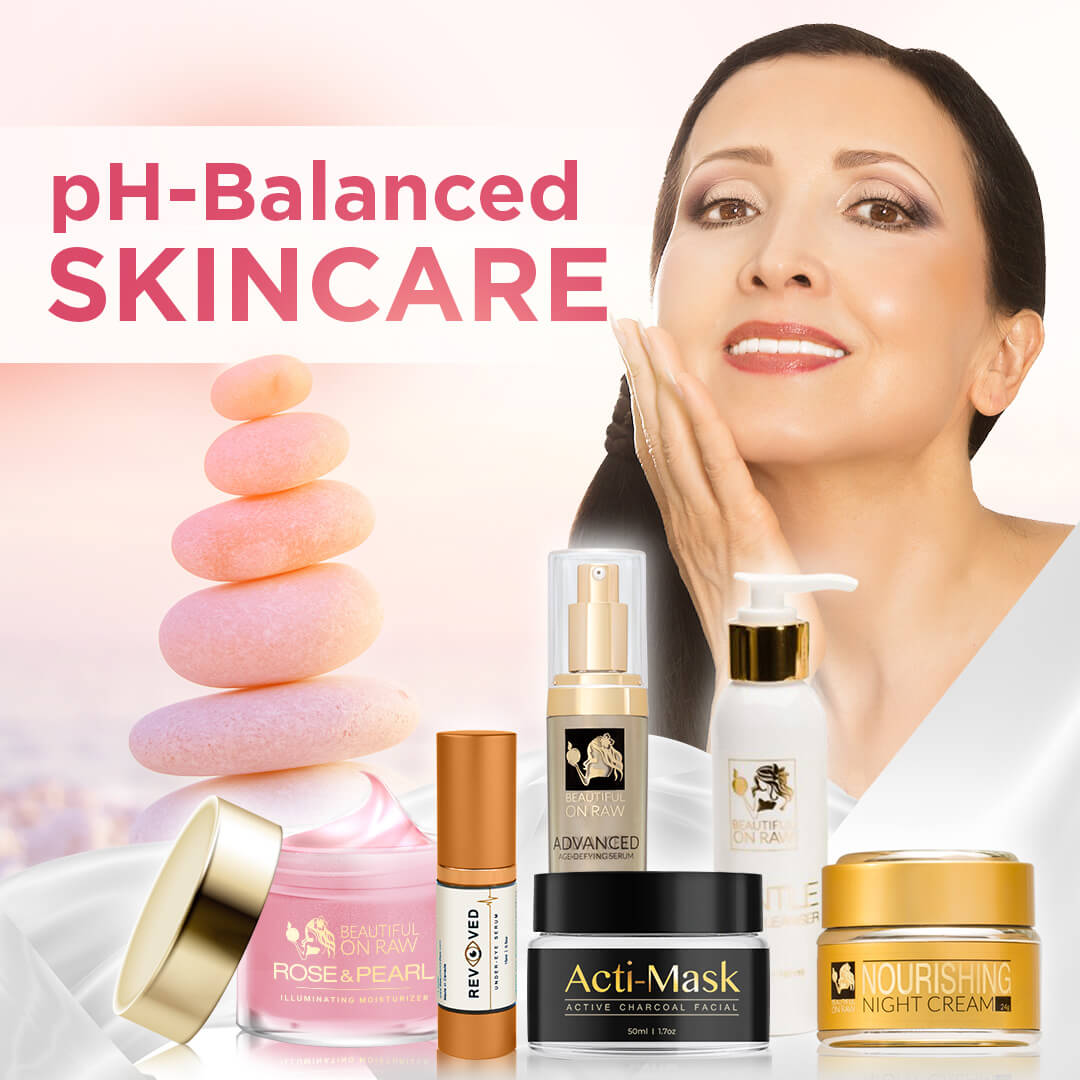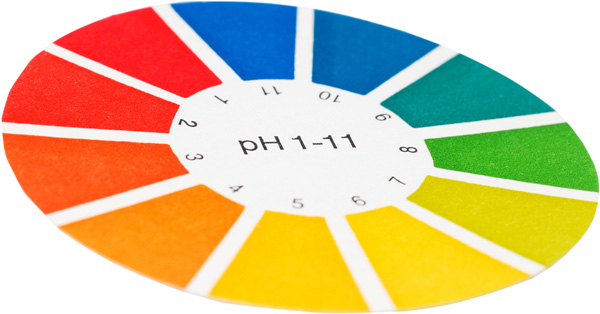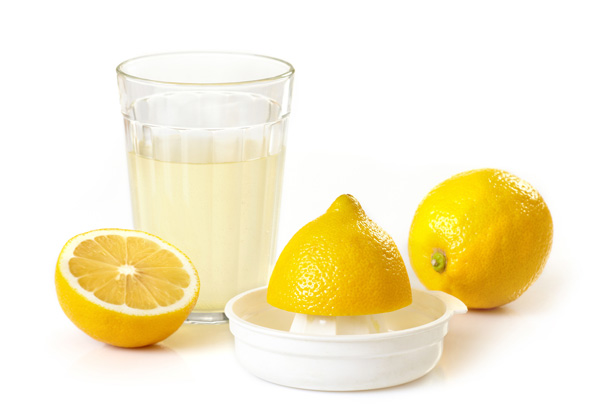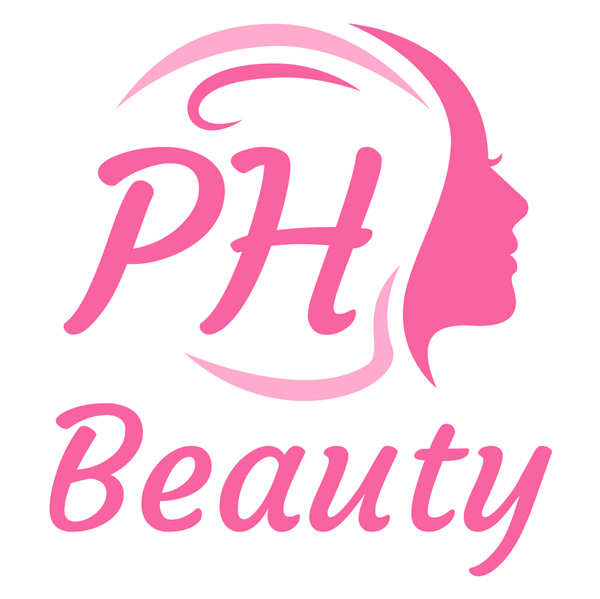pH-Balanced Skincare

Recently, I received an email from my longtime customer: I’ve been using your products and practices for years. No reason to doubt any of your science, Tonya. But out of curiosity, I’m interested in the pH of your cleansers and moisturizers after reading this article: All of Those Products are Making Your Skin Worse.
Many people are searching Google for pH-balanced creams, shampoos, cleansers, and so on. Whether on product packages, TV commercials, or signage in stores, the term “pH-balanced” is everywhere. But have you considered exactly what the popular term means? Let’s find out what it’s all about and why it matters (or not) to you!
Almost a century ago (in 1928), two German doctors coined a new term -- acid mantle -- referring to the acidic nature of human skin. So, what is an acid -- or more precisely, an acidic solution?

An acidic solution is one that contains high levels of hydronium ion. Simply put, it’s a water molecule with an extra hydrogen atom (one oxygen atom and three hydrogen atoms instead of the usual two). A well-known example of an acidic solution is plain old lemon juice. The natural fruit acids in lemon react with water to form high levels of hydronium ion.
Another example? Vinegar. The same microbes that turn grape juice to wine can also produce acetic acid, an acidic by-product. Acidic solutions contain more hydronium molecules than that of pure water, which we consider neutral.
A base is a substance with properties that are the opposite of an acid, and solutions containing bases are said to be “alkaline.” Green juice is one example of an alkaline solution, containing fewer hydronium molecules than water.
Scientists use several methods to measure the levels of hydronium molecules. One such method involves measuring the pH. Water is defined as “pH-neutral” and it is given a pH value of 7.0. If a solution has more hydronium molecules than pure water (making it acidic), the pH value drops below 7.0.

For example, lemon juice has a pH around 2.0. Each drop in pH-value—say, from 7 to 6, or 6 to 5—represents a ten-fold increase in hydronium levels. So, a liquid with a pH of 6.0 has ten times more hydronium molecules than water. This means that lemon juice (with a pH of 2.0) has 10x10x10x10x10 = 100,000 times the number of hydronium molecules as water. Lemon juice, then, is 100,000 times more acidic than water.
Human skin contains water, so it also has an acidity level, or pH. The pH of skin varies person to person but is typically between 4.6 and 5.6, depending on the type of skin. The skin is almost 100 times more acidic than pure water. This acidity of surface skin results from a mixture of natural amino acids, skin oils, and sweat. This layer of acidic material is sometimes called the “acid mantle”, and represents skin in its natural, healthy state. This natural acidity helps protect against bacteria which thrive in an alkaline environment.
When it comes to cosmetic products containing water, it is vital that the acidity of the product doesn’t disrupt the natural acidic layer of the skin. If you apply an extremely acidic product, it can cause skin redness and irritation—even chemical burns in extreme cases. If an extraordinarily alkaline product is used, it can disrupt the natural acid mantle and leave the skin dry and rough with a high risk of infection. Either way, you’re in for a negative result.

The best cosmetic products have a pH which is close to the skin’s natural acid level (4.6-5.6). These products are “pH balanced for the skin.” You’d think all products sold today would be reasonably pH-balanced, wouldn’t you? Not so.
One example of a popular product not balanced for the skin is Castille soap. This is soap made by combining plant oils with lye. While prized for its “natural origins” and its cleaning ability, this soap has a pH of 9 to 11.5. This is (10x10x10x10x10) = 100,000 times less acidic than water. This can be just as damaging to the skin as pure lemon juice and can destroy the skin’s natural acid mantle.
We work closely with a major cosmetics manufacturer to ensure our products are pH balanced. Each batch of product is tested by chemists to make sure that the level of acidity is a close match to the skin’s natural acid level. As a result of this careful balancing, applying our products to the skin doesn’t disrupt the acid mantle.
